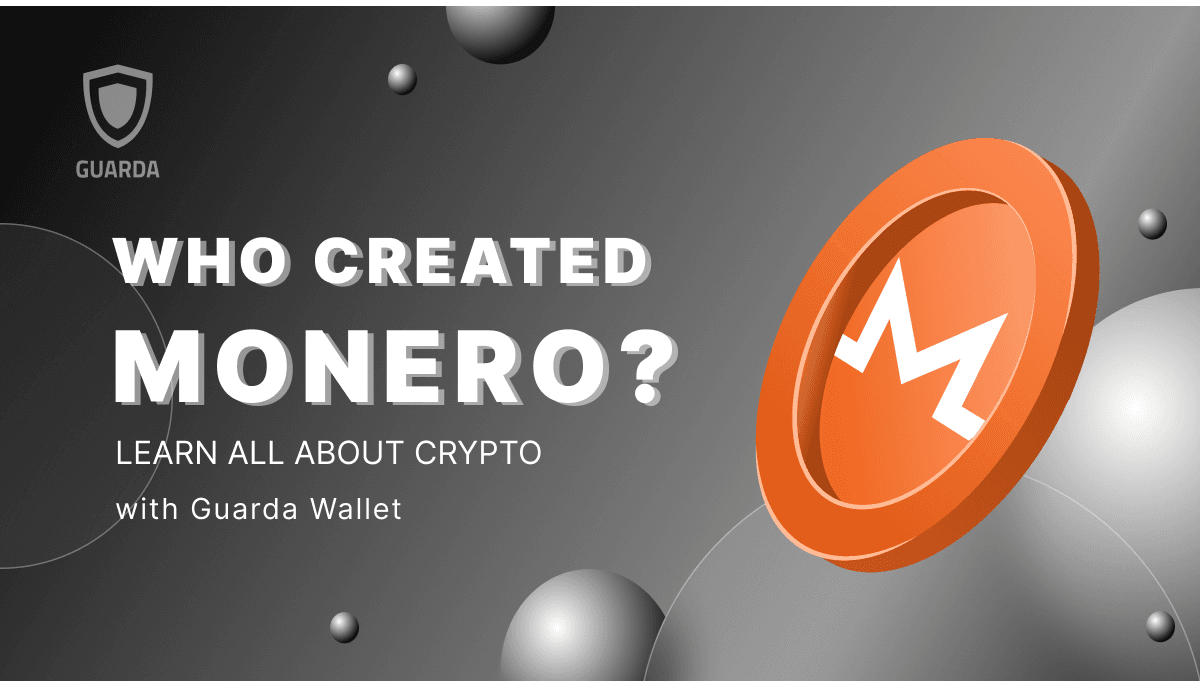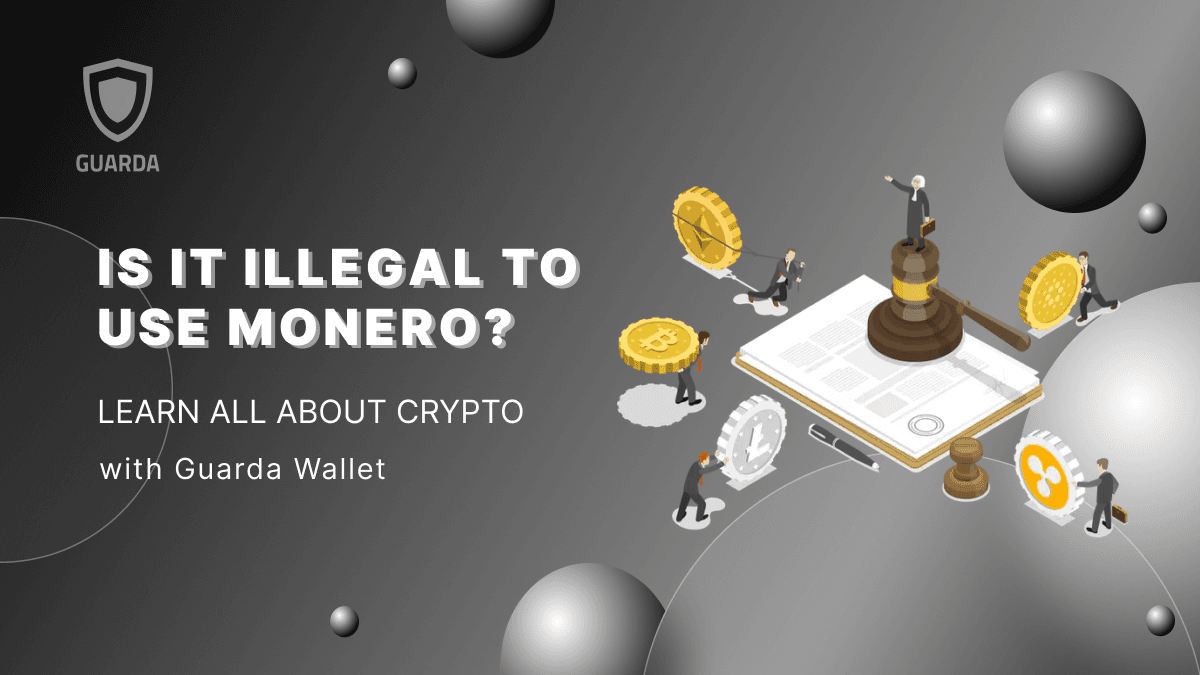The rise of digital assets has been remarkable, with Bitcoin and Ethereum leading the way. However, as investors become more knowledgeable, they are also becoming more selective, seeking alternatives that offer greater stability and security. This is where stablecoins come into play.
A stablecoin is a digital asset pegged to other assets like gold, fiat currency, or even other cryptocurrencies. The main purpose of creating these tokens is to provide a more stable investment option compared to the volatile nature of traditional cryptocurrencies like BTC and ETH. Currently, there are over 200 stablecoins available, and new projects, such as the PayPal Stablecoin and SUSDE Stablecoin, are being launched regularly.
Among the numerous stablecoins, a few stand out, including USDT, USDC, and USDD. This article will provide an overview of stablecoins, explore the key differences between USDC vs USDT, delve into their use cases, and discuss where to buy and store them, such as in a dedicated USDT wallet. Understanding concepts like what is a stablecoin, what is USDT, and what is USDC, along with tracking the USDT price, USDT TRC20 transactions, and how to buy USDT, will help you make informed decisions about incorporating these assets into your investment strategy.
What Are Stablecoins in the First Place?
Stablecoins are cryptocurrencies designed to maintain a stable value regardless of market fluctuations. They are similar to traditional currencies in terms of usage. Still, unlike traditional currencies, they are backed by an asset or basket of assets like the US dollar, gold, or other cryptocurrencies. This helps to maintain their stability.
They have become increasingly popular due to their ability to provide users with a digital currency with minimal volatility. This makes them more attractive than other cryptocurrencies, which can experience extreme price swings.
Stablecoins offer an alternative form of payment for goods and services and provide a more reliable store of value than other digital currencies. They also offer advantages over traditional currencies, such as faster transaction times, reduced transaction costs, and greater anonymity.
Some of them include Tether (USDT), USD Coin (USDC), and USDD (USDD)
What Is Tether (USDT)?
Tether (USDT) is a stablecoin pegged to the US dollar, meaning its value is fixed to that of the dollar. Tether Limited created the stablecoin in 2014. It is issued by iFinex, a Hong Kong-based corporation that also runs the BitFinex crypto exchange. Users transfer the fiat equivalent of USDT they want to Tether’s reserves to be issued USDT. Tether then issues the tokens to their crypto wallets. They can transact the USDT like other cryptocurrencies.
USDT can be issued on various blockchains, with differing capabilities depending on the transport protocol employed. It allows users to store, send and receive digital currency quickly, safely, and cost-effectively. Additionally, Tether tokens enable users to trade against other cryptocurrencies without worrying about volatility.
What Is a USD Coin (USDC)?
USD Coin (USDC) is a stablecoin with a fixed value relative to the US dollar. The USDC was launched in 2018 by the Centre Consortium—an initiative between Circle and Coinbase. . USDC holders can use the token for payments, remittances, trading, and other financial activities.
USD Coin is backed 1:1 with US dollars held in reserve, and its stability is maintained through regular audits. This makes it an ideal choice for businesses, individuals, and organizations looking to make fast, secure, and low-cost payments with the safety of knowing that their funds are backed by real currency.
What Is USDD (USDD)?
USDD (decentralized USD) is a stablecoin developed by Justin Sun, the founder of the Tron network. Though Tron is not new in the market, as it was created in 2017, USDD is new—created in 2022. It is issued by the TRON DAO reserve (TDR), which ensures its stability. Furthermore, the protocol contains an integrated incentive system and a flexible monetary policy that allows USDD to self-stabilize in the case of price swings.
The algorithmic stablecoin is pegged to the US dollar on a 1:1 ratio. The algorithms help to maintain price stability. With the help of smart contract functionality, the number of tokens in circulation is regulated.
USDD provides users with a simple and secure way to store and transfer value without using traditional banking services. It also offers features such as low transaction fees, high liquidity, and fast settlement times.
How Do Stablecoins and USD Prices Correlate?
The majority of stablecoins are pegged to the USD. Therefore, stablecoins are meant to remain consistent with the USD price. Still, there have been instances where the price has fluctuated slightly. For example, on a particular day, instead of $1, a stablecoin is $0.98. So what does this all mean?
When the US dollar value rises, so do most stablecoins. This is because the underlying assets used to back stablecoins, such as fiat currency, follow the same market trends as the US dollar.
Conversely, if the US dollar were to appreciate suddenly, the value of stablecoins could be expected to stay stable. On the other hand, if the US dollar were to depreciate, the value of stablecoins could be expected to drop slightly. Therefore, it is clear that there is a direct correlation between the USD and the value of stablecoins.
USDT, USDC, and USDD Comparisons
This part of the article will focus on the difference between the 3 stablecoins explained above: USDT, USDC, and USDD.
| Features | USDT | USDC | USDD |
|---|---|---|---|
| Underlying blockchains | Algorand, Avalanche, Ethereum, EOS, Liquid Network, Near, Bitcoin (Omni), Polygon, Solana, Bitcoin Cash’s Standard Ledger Protocol, Statemine, Statemint, Tezos, and Tron | Ethereum, Solana, Avalanche, TRON, Algorand, Stellar, Flow, and Hedera | Tron, BNB Chain, and Ethereum |
| Creators | Tether Limited | CENTRE Consortium | Tron’s Justin Sun |
| Launch year | 2014 | 2018 | 2022 |
| Price peg | 1 USDT:1 USD | 1 USDC:1 USD | 1 USDD:1 USD |
| Total supply | 73,141,766,321 | 44,558,921,784 | 725,332,036 |
| Holdings | Assets held in reserves by Tether Limited | US dollars held in reserves | Reserved assets in the TDR |
| Stablecoin type | Fiat-collateralized | Fiat-collateralized | Algorithmic |
Differences
The comparison shows that they have different underlying blockchains they run on, but the ones that are similar to all 3 are Ethereum and Tron networks. USDT is built on more blockchain technologies, while USSD runs on the least blockchains. Their creators are also different. The launch years for each of the tokens are different; coincidentally, they are 4 years apart. Their total supply is also different. Even though they are all held in reserves, the reserves are different.
Similarities
They are all pegged to the USD at a 1:1 ratio. Regarding the type of stablecoins, USDT and USDC are both fiat collateralized, meaning they are back actual US dollars stored in reserves. Some other notable fiat-collateralized stablecoins are USDP, BUSD, GUSD, EURS, etc. USDD, on the other hand, is an algorithmic stablecoin, meaning it is non-collateralized. It is backed by algorithms and uses advanced financial engineering techniques to maintain stability. FRAX is another example of an algorithmic stablecoin.
What Are Their Use Cases?
Users can transact these stablecoins on exchanges, wallets, and others. They can also use them in-store or online with retailers who accept crypto payments. If users plan to withdraw cash from ATMs, it is possible. Some crypto platforms provide users with the means to top-up their crypto card (issued by the platform) with stablecoins and withdraw cash from ATMs. Guarda, for example, has its prepaid Visa card that users can load with numerous crypto assets, including stablecoins. So, what can people use them for? They can be used:
- In decentralized finance (DeFi) protocols, providing users with access to a wide range of financial products and services without needing to trust a third party.
- To send money quickly, securely, and cheaply across borders and pay for goods and services.
- To hedge against the volatility of other digital assets, such as Bitcoin and Ethereum, or even traditional fiat currencies.
- As a store of value and medium of exchange, similar to how people use gold or fiat currencies
- As an alternative to traditional banking systems, individuals can send and receive funds without worrying about conversion fees or high transaction costs. As well as reduce card processing costs.
- By businesses to pay employees’ wages, settle contracts, and purchase assets.
- By individuals in countries with hyperinflation or unstable economies.
Where to Store USDT, UDSC, and USDD Tokens Securely?
You can store them in crypto wallets like Guarda. Guarda is a self-custody multi-currency crypto wallet that allows you full responsibility over your keys and funds. It supports over 60 major blockchains and 400,000 tokens. In addition, the wallet offers high-level security features like backup, multisignature, and advanced encryption. With the ease of use as a priority, you can conveniently access your wallet from all screens—mobile, desktop, and web.
How to Buy or Exchange USDT, USDC, and USDD Tokens?
To start your journey, you need to download the app on your mobile or desktop or access the wallet via the browser. Then you follow these steps:
- Create an account and save your password since we do not store it on our server.
- Some assets automatically get added to your portfolio. Still, if any of them is not there, you can simply add them. Download and store the backup file you get (again, keep it safe since it aids wallet recovery, and we do not store it in our server).
- Buy the tokens using Visa/Mastercard or via SEPA transfer.
- You can swap other cryptocurrencies in your wallet for USDT, USDC, OR USDD.
The Bottomline
When it comes to cryptocurrencies, stablecoins are some of the best options for investors who worry about price fluctuations. Users get the feeling of spending US dollars in a decentralized and secure way. There are a variety of stablecoins available on the market, each with its features, creator, backing, benefits, and drawbacks.
Users should keep in mind that there are certain regulatory backlashes these stablecoins have received. These range from claims about centralization, instability, fraud, and depegging. This is why users need extensive research to make sure they choose the right ones to diversify their portfolio.
FAQ
1. What is the difference between USDT, USDC, and USDD? The main difference between them is their creators. Tether Limited created USDT, CENTRE Consortium created USDC, and Tron’s founder—Justin Sun—created USDD. Another one is the year they were created, 2014, 2018, and 2022, respectively. Their total supply and reserves are also different.
2. Is USDT better than USDC? That’s a tough question to answer. Both coins have their strengths and weaknesses. Ultimately, it depends on your personal preferences. USDT and USDC are both popular stablecoins pegged to the US Dollar. Both coins aim to provide stability and minimize volatility in the cryptocurrency market. However, USDT is the older of the two currencies and the more widely used stablecoin. It has been around since 2014, while USDC was only introduced in 2018.
Tether Limited—the company behind USDT—has raised concerns due to a lack of transparency in its financial reports.
3. Is USDT the same as USDC and USDD? Though they are all stablecoins, they are not the same. Different creators found them, and their goals are different.







